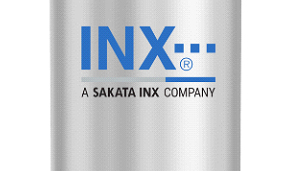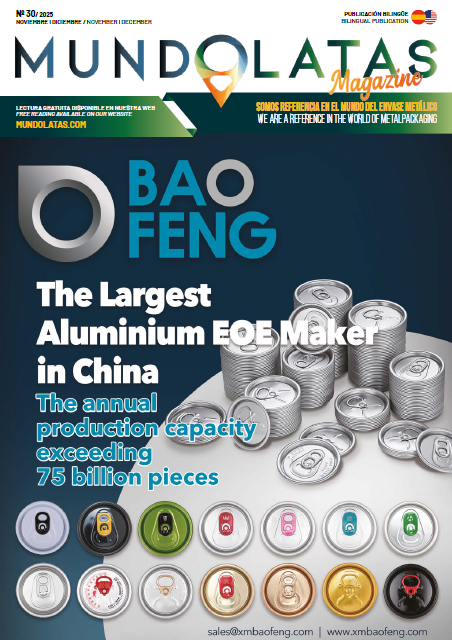Like most manufacturers, INX International Ink Co. (INX) was experiencing underperformance related to a less experienced front-line workforce.
For this reason, INX implemented Oden’s Artificial Intelligence Process to improve production efficiency by providing real-time process setup recommendations to front-line operators. This AI solution helped stabilize processes, predict quality outcomes and measure impact, resulting in a 40-45% increase in production rates and a 5x return on investment in six months.
By providing junior operators with the information they needed to perform like the most experienced operators, INX reduced yield variability and increased production. This initiative is part of a broader digital transformation to enable the front line, with plans to expand process AI to more facilities for continuous operational improvements.
Chances are you’ve had a soft drink from a can colored by INX International Ink Co. (INX) at some point in your life. INX is a leading global manufacturer of ink and coating solutions for commercial, packaging and digital applications, including many soft drink cans. As is the case with any manufacturer, INX continually seeks to reduce process variation, improve the overall equipment effectiveness (OEE) of its production and empower front-line workers to make more informed decisions in real time.
To achieve these goals, the company embarked on a digital transformation journey that began at its Charlotte, North Carolina, facility in 2017. INX implemented a manufacturing execution system (MES) to capture more data from its lines, but only a few people in the organization knew how to use it, which created barriers to vital efficiency data and information. In 2022, INX implemented Oden’s Factory Analytics product to gain greater analytical insight and reporting capabilities. Within three months, there were 50 weekly users.
In its first few months of use, INX was able to quickly categorize the reasons for 96% of downtime events at the pilot location, resulting in a 13% improvement in asset availability and a 71% reduction in changeover times. But there was an opportunity: all of this analysis was being done after problems arose, and the company still felt reactive, rather than proactive. INX identified that there was an opportunity to implement more improvements directly at the front line and empower operators to make changes without lengthy feedback cycles.












